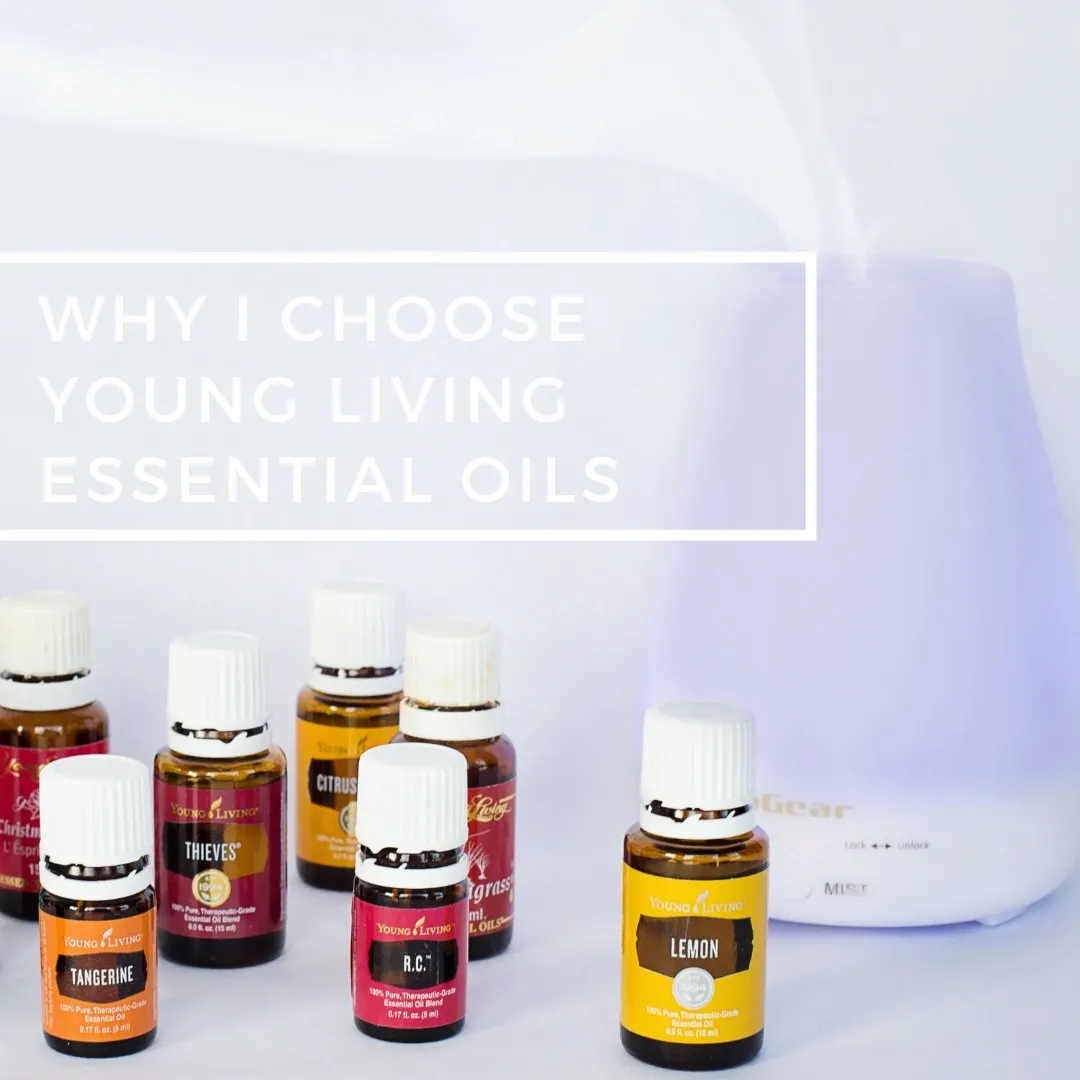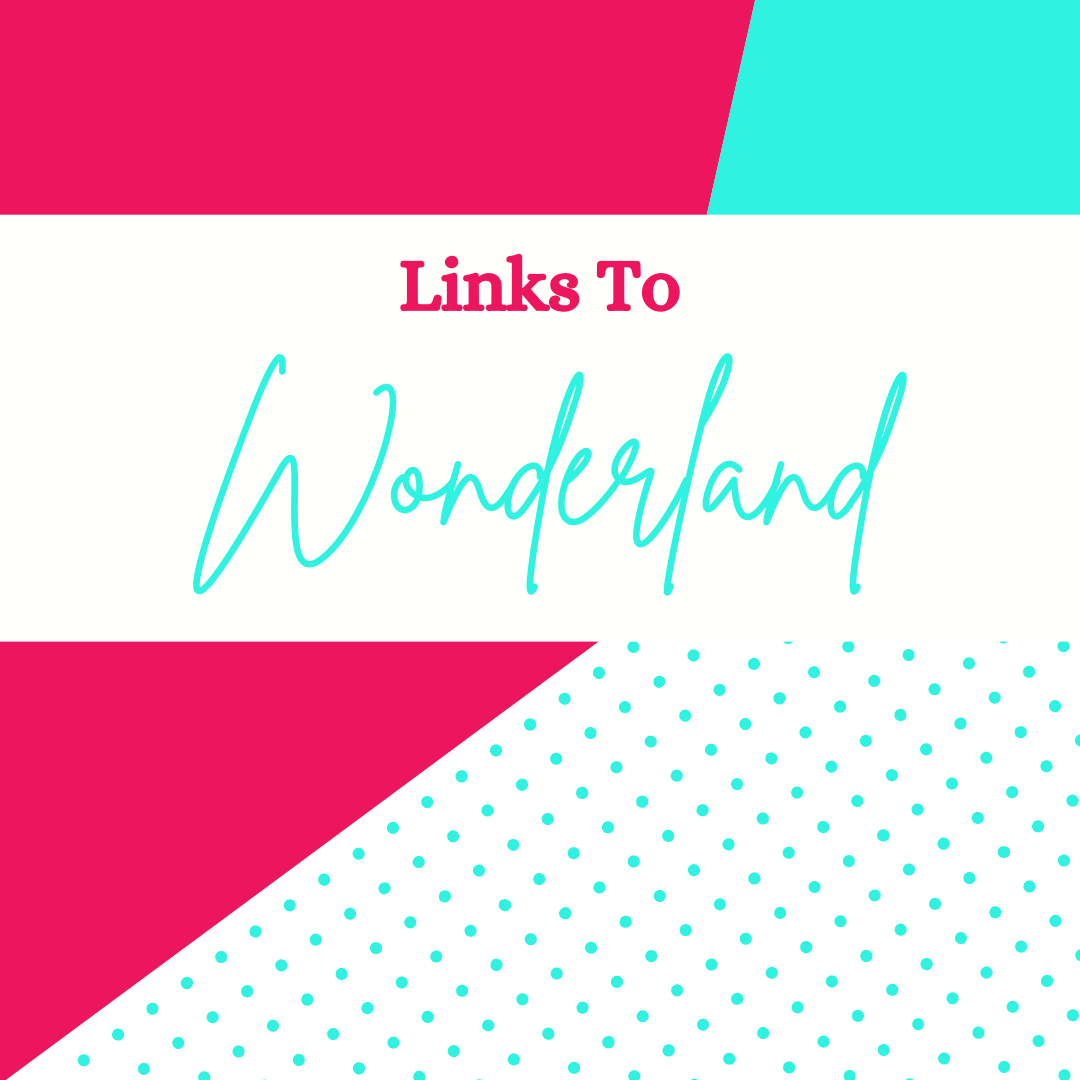Essential Oils have really made a name for themselves, lately even though they have been around since at least 3000-2500BC. New oil companies seem to be popping up everywhere. As a lover of essential oils, and someone who is a part of almost every essential oil group on Facebook, I find myself the audience of many essential oil companies targeted ads. I recently ran across a question in one of the many Facebook groups asking about the differences in essential oils, and promised a blog post explaining as much as I could!

When I first started using essential oils, I really didn't think it would matter where I bought my oils from, and for some, that may be true. My family and I use essential oils aromatically, topically, and sometimes internally. It is important to us that we know our oils are 100% pure essential oils. When using essential oils for wellness support, it is vital to know what you are putting on or into your body.
So how do you know if an Essential Oil is pure?
Pure Essential Oils leave no visible marks or stains when they dry on paper. Essential oils diluted with carrier oil will leave a mark. (This is why you may find some oil blends from Young Living leave a mark if you use this test.) Pure essential oils will never be sold in plastic containers. Once pure essential oils contact plastic, the plastic begins to break down. This is even more true for citrus oils.
Another hint of essential oil with good quality is the name on the bottle. Essential Oils are named for the plant they are derived from. The name on the bottle should be the Latin name of the plant. For example, Lavandula angustifolia is Latin for Lavender. Because it is a hybrid of Lavender and Spike Lavender, Lavandin is cheaper to produce and cultivate, making it common to use in place of Lavender. If you are just looking for something that smells nice to diffuse, this may not be a problem. However, if you are looking to use topically or internally, this could be a huge issue.
Lavandula intermedia (Lavandin), should never be placed on a burn, but Lavender can help soothe a burn in moments.
The fragrance of essential oil can vary based on the crop. They can also vary based on the region they are grown in due to variations in conditions grown, plant matter used, etc. For oil makers, this can cause an issue. Many producers will use artificial fragrance oils to maintain consistency in the fragrance and viscosity of the oils. Because these types of oils are manufactured by chemists who mimic the chemical composition of a plant, they do not provide the therapeutic benefits of pure essential oils.
Synthetic fragrance oils may contain a number of toxins. While you may be able to use these products for years without adverse effects, they may be contributing to your overall wellness. There are dozens of chemicals used in synthetic fragrance oils. 95% of which are petroleum byproducts. Mineral oil and petroleum jelly are inexpensive to manufacture and commonly used in skincare products and baby oils. They are both byproducts of petroleum production. Many people are using these products daily to prevent skin issues, instead, they can clog pores, prevent the skin from breathing, and prevent toxins from leaving the body.
It is important to know what part of the plant was used to create the essential oil. Each part of the plant has it's own chemical footprint. They smell different and have different properties.

Young Living provides Seed to Seal confidence when purchasing their oils. The plants that oils are cultivated from thrive best in their natural environment. Young Living oils are sourced from Corporate-owned farms, partner-owned farms, and Seed to Seal-certified suppliers. This process ensures that all products are synthetic-free, genuine, pure essential oils.
The USDA has standards for all organic growers to abide by. Per the USDA website:
Crop Standards
The organic crop production standards require that:
- Land must have had no prohibited substances applied to it for at least 3 years before the harvest of an organic crop.
- Soil fertility and crop nutrients will be managed through tillage and cultivation practices, crop rotations, and cover crops, supplemented with animal and crop waste materials and allowed synthetic materials.
- Crop pests, weeds, and diseases will be controlled primarily through management practices including physical, mechanical, and biological controls. When these practices are not sufficient, a biological, botanical, or synthetic substance approved for use on the National List may be used.
- Operations must use organic seeds and other planting stock when available.
- The use of genetic engineering, ionizing radiation and sewage sludge is prohibited.
Those standards sound great, don't they? Young Living goes above and beyond the USDA guidelines. Young Living requires the land used to grow crops for essential oils has had no prohibited substances for 50 YEARS! While the 3 year requirement is great, there can still be traces of chemicals deep in the soil. They also hand weed all of the fields and do not utilize synthetic substances to control pests. Instead, Young Living utilizes essential oils to help control pests! Young Living and all of its partners must meet the highest standards in authentication, agricultural practices, harvesting and collection, extraction and distillation practices, testing, traceability, and storage and bottling.
Young Living works with SCS Global, a leading third-party certifier and standards developer, to ensure the environmental standards of the Seed to Seal program are the best they can be.
In 2016, Dr. Michael Buch was appointed Chief Science Officer for Young Living Essential Oils. Dr. Buch started his career in quality control and assurance. With more than 30 years of experience, Dr. Buch's team research new finding to support claims for new and existing products within the Young Living line. With Dr. Buch heading the team, Young Living is now the only essential oil company to conduct all product testing in-house utilizing state-of-the-art instrumentation.
Here in the United States, regulations are lax. Young Living is a worldwide leader in essential oils and works with legal authorities throughout the world to meet and exceed local and global regulations. Many companies make products with different ingredients for places like the United States that have more relaxed regulations than places like the EU. This is not a fear when working with Young Living. The products are produced to meet regulations worldwide, allowing you to purchase essential oils, body care items, and nutritional items without fear of chemicals that should never have been approved by the FDA. Unfortunately, lobbyists have bought their way into allowing these chemicals into our food, beauty, and other products.
Knowing where and how your essential oils are grown and distilled is a great start. I personally have asked several companies where their oils are grown, or if they use pesticides. Most have directed me to their website, and after searching for hours, I still couldn't find the information. Young Living has a map of farms on its website and invites you to visit their farms anytime! You can even get involved with the process during harvest time! (I just learned you can get married at the Lavender farm in Mona, UT... might change my beach wedding goals!!!) If you are interested in visiting the farms, I suggest grabbing a Farm Tour Passport to track where you have visited!
There are many essential oil companies to choose from, but few that are credible to use therapeutically. It is important to do your research and know what you are purchasing. My family chooses Young Living exclusively because we want the best essential oils available. If you are ready to start your oily journey, email me or sign up here.












0 Comments